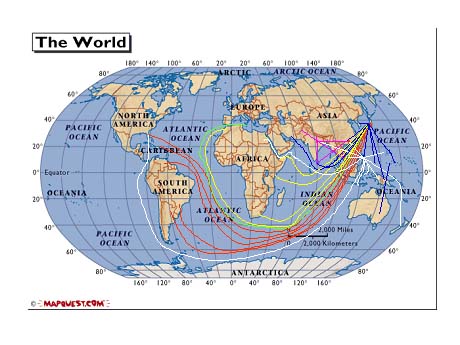| IES and citrus canker |

|
Genetic diversity of citrus bacterial canker pathogens preserved in herbarium specimens
Citrus canker disease is one of the most destructive diseases of citrus. Because of the importance of the disease, extensive collections of diseased plant materials were preserved by scientists over the past century as the disease moved out of southern Asia and became established worldwide. The USDA ARS maintains one such large collection in Beltsville MD. These specimens constitute a historical record of the expansion of citrus canker disease and are preserved with records of the date and place of their collection as well as the host on which they were collected (Figure 1).


However the bacterial pathogen is dead in such materials and so can not be studied by ordinary microbiological means. We have developed methods to isolate the DNA from these specimens and uniquely identify and distinguish the strains of the pathogen present in the samples. We call our method for differentiating bacterial strains 'Insertion Event Scanning' or IES. With this technique we 'scan' the preserved genomes for the presence mobile genetic elements (Figure 2).


The distribution of these mobile genetic elements within the preserved genomes is used to distinguish strains of the pathogen from each other.
We prepared DNA samples from ninety preserved plant specimens collected from 1914 through 1985 from citrus grown in 34 countries or oceanic atolls. Our results confirm the 90 year old hypothesis that the original introduction of citrus canker to Florida in 1911 was from Japan. We also find several genetically distinct strains of the pathogen in samples from Florida at that period, consistent with multiple independent introductions of the pathogen at that time. Separate analyses of contemporary strains from Florida also indicate multiple independent introductions of the pathogen. Herbaria preserve rich collections of 'fossil' pathogens in the plant tissue. Our methods demonstrate that this material can be used to document the history of plant diseases. Because the herbarium specimens were preserved with date and place of origin, we can now tentatively trace the paths taken by the pathogen during its global dissemination in the 20th century (Figure 3). This research was funded by a grant from USDA APHIS.


References
